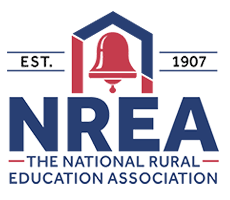Abstract
The number of immigrants who do not speak English proficiently has grown rapidly in American schools. While the immigrant population is growing, the proportion of first and second-generation immigrants (the children of immigrants) is simultaneously multiplying. As the U.S. population grows more varied, public schools are faced with the challenge of meeting the needs of an increasing population of culturally and linguistically diverse students. The researchers propose three cost-effective and closely linked strategies for principals to facilitate the education of the increasingly diverse population in non-urban schools.
Creative Commons License

This work is licensed under a Creative Commons Attribution 4.0 International License.
Recommended Citation
Stufft, D. L.,
&
Brogadir, R.
(2010).
Educating the Culturally and Linguistically Diverse Non-Urban Population: Three Cost-Effective Strategies.
The Rural Educator, 31(2), 21-26.
https://doi.org/10.35608/ruraled.v31i2.953



